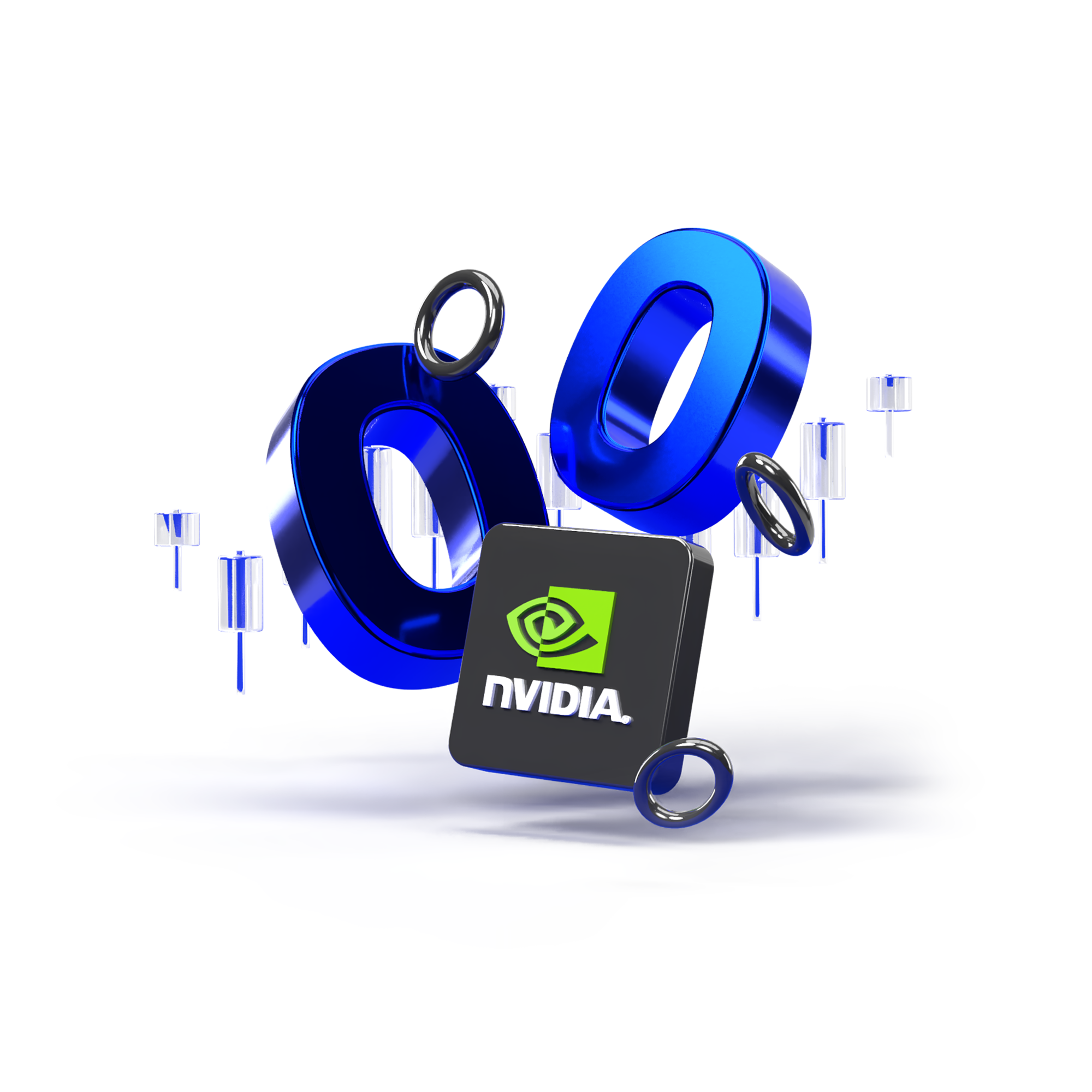

What is the neckline in trading?
In trading, the neckline is a key level on a price chart that helps traders spot potential changes in market trends. It's commonly associated with the head and shoulders pattern, a popular chart pattern. The neckline serves as a line of support or resistance, connecting important price points.
For example, in a head and shoulders pattern, the neckline connects the low points that come after the first and second peaks. When the price moves below this line, it could signal that the previous upward trend might be reversing into a downward trend. The neckline helps traders decide when to enter or exit trades.

What does a neckline tell you when trading?
In trading, the neckline is an important indicator that can help traders understand potential market movements. When a price chart forms a pattern, such as a head and shoulders, the neckline acts as a crucial boundary.
If the price breaks below the neckline in a head and shoulders pattern, it suggests that the previous uptrend might be ending and a downtrend could be starting. Conversely, in an inverse head and shoulders pattern, if the price rises above the neckline, it signals that the downtrend might be ending and an uptrend could begin. This information helps traders decide when to buy or sell based on expected market changes.
Example of how to use a neckline when trading
Example: Gold trading at $2300
Imagine the price of gold (XAUUSD) is currently trading at around $2300. If you're observing the price chart and notice a head and shoulders pattern forming, you'll see three peaks: the first and third (shoulders) are lower than the middle peak (head). The neckline connects the lows after the first and second peaks (shoulders). This line serves as a critical level of support.
To trade using the neckline:
- Identify the pattern and neckline: Look for the head and shoulders pattern on the chart. Draw a line (the neckline) connecting the low points after the left and right shoulders. This line is crucial in determining the trend's potential reversal point.
- Wait for a breakout: The pattern suggests that if the price breaks below the neckline, a bearish trend could follow. This breakout signals that the previous uptrend might be reversing into a downtrend. For instance, if gold's price breaks below the neckline at $2250, it could indicate a move lower.
- Confirm the breakout: To avoid false signals, confirm the breakout with increased trading volume. A true breakout usually comes with higher volume, indicating strong selling pressure.
- Set entry and exit points: Once the breakout is confirmed, traders might enter a short position (betting the price will go down). The target price could be set based on the pattern's height. For example, if the head peak is at $2350 and the neckline is at $2250, the pattern height is $100. Subtracting this from the neckline level, a potential target price could be $2150.
- Risk management: Always set a stop-loss order to limit potential losses. For example, if the breakout is false and the price moves back above the neckline, a stop-loss order just above the neckline (e.g., $2260) could help minimize losses.
Experience Skilling's award-winning platform
Try out any of Skilling’s trading platforms on the device of your choice across web, android or iOS.

Summary
While a neckline in technical analysis is a powerful tool for identifying potential trend reversals, as a trader, you should use it alongside other indicators to confirm signals. It's crucial to watch for increased volume during a breakout and set stop-loss orders to manage risk. Remember that no pattern guarantees future price movements, so always use comprehensive analysis and risk management strategies. By combining the neckline with other technical tools, you could make better-informed trading decisions and improve your chances of success in the market.
Source: ivestopedia.com
What better way to welcome you than with a bonus?
Start trading with a $30 bonus on your first deposit.
Terms and Conditions apply












